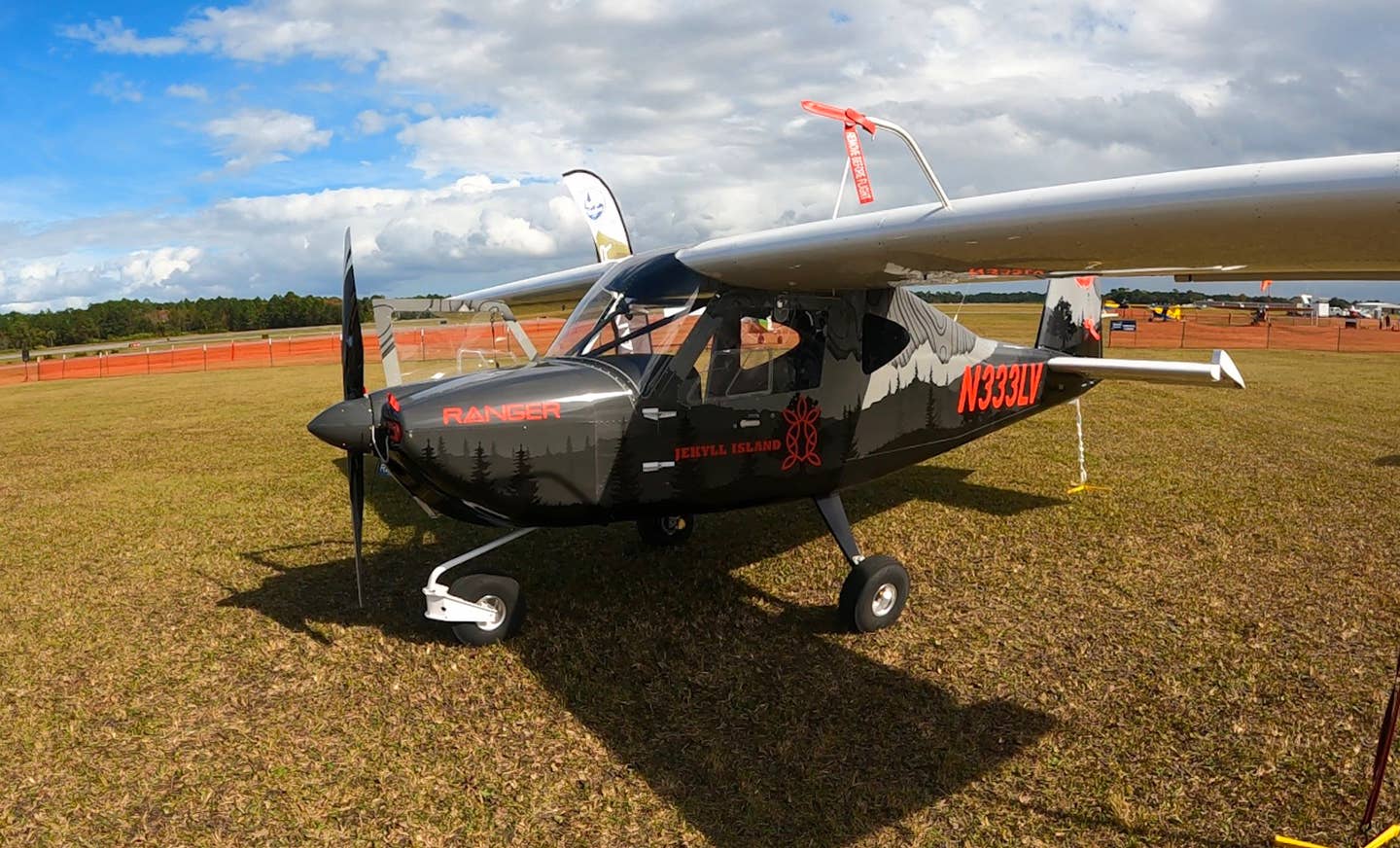Airplane Sales Go Haywire
Could it be that COVID unmasked impending mortality and we’re all desperate for new airplanes before the reaper calls? I’ve believed stranger things than that.

One staple of 1990s aviation journalism—a dubious one, I might add—is that used airplanes were appreciating so fast that if you bought one, the gains realized when you sold it would pay for it. In other words, if we tired of flogging the runway turnback argument, we could always rustle up some numbers to show airplanes were a good investment. And here’s where I toss the editorial head back and collapse in paroxysms of snorting, coffee-spewing laughter.
While it is true many owners bought right and sold righter on certain airplanes, the overall drift of the airplane economy was that airplanes cost what they always had, took obscene bites out of ready cash and threatened the kids’ college funds just to stagger from one annual to another. If you were investing, you had money in the tech-fueled stock market and if you waited a few years, you could buy a nice used airframe hungry for upgrades and tender care. If you were Jeff Bezos, you eventually bought a fleet of jets and eventually added rockets. But you weren’t going to retire on the sale proceeds of your used Bonanza.
Still true, that, but there’s enough crazy money out there to turn some handsome appreciation for people selling airplanes—and maybe just about any airplane. The problem, as CubCrafters’ Chip Allen explained to me, is that lots of people have lots of money and enough of them want to buy airplanes to build a red-hot fire under the market. This has actually been going on for several years now but the pandemic turbocharged it, perhaps because people just weren’t spending money on vacations and other stuff and now, with the prospect of the grim reaper hurling a COVID grenade over the transom, many of us are acting on bucket list items and, well, why not? You can’t take it with you.
Nor, necessarily, can you find a place to spend it if an airplane has advanced to the top of the list. Waiting lists for new airplanes are, for at least some manufacturers, longer than ever and bidding wars have erupted over desirable used models. Chip Allen told me an insistent customer wanted his only demonstrator and when he demurred and demurred some more, the customer wasn’t deterred by a stratospheric sticker price. Now Allen has to wait along with everyone else for another demo. CubCrafters, for one, can’t keep up and has a two-year backlog.
Supply chain issues at all levels, labor shortages and delayed deliveries have distorted the normal market forces, if they could have ever been said to have been normal. Lookit, I got over flying being for the rich years ago. It just is and it always has been. Those of us who exist in the aviation margins do so with older or less capable airplanes, we spread costs through partnerships or we consent to ownership for short periods, allowing an airplane to consume only so much wealth. Or, for the around-the-bend passionate, just devote a large portion of net worth to owning an airplane and don’t worry about.
We have made a sport of heaping scorn on manufacturers for allowing prices to soar to unreachable heights, the corollary being that if they weren’t, more airplanes would sell and more people would fly. If I ever believed that, I don’t now. Case in point: The bestselling piston airplane today is also one of the most expensive: the Cirrus SR22. Nudge me if you’ve noticed any inexpensive new airplanes flying off the factory floor and not in the literal sense. That segues into case in point two: the Vashon Ranger.
I ran into Vashon’s Kurt Robertson at the DeLand Sport Aviation Showcase last week and he told me the company has about 66 in the field now, since 2018. That’s it? Apparently it is. You may recall that the Ranger was developed specifically to be a high-value, low-cost entrant into affordable aviation. It is that, too. The airplane is a good performer, it’s pleasant to fly, will do rough field work and is designed to be slept in by two people for camping. At $120,000-ish, it’s at the bottom of the LSA price tier.
Yet for 2020 alone, CubCrafters sold 64 airplanes, most of which cost twice as much as the Ranger, if not three times as much. So clearly, price alone isn’t much of a determiner here. So why the difference? I’m sure there are reasons, but one is that CubCrafters has been plying the Super Cub niche for years, knows the buyers and the airplanes and has developed a loyal, monied following. Even with a skilled, experienced sales force, which CubCrafters has, it takes time to build that marketing ecosystem.
I don’t get the sense that Vashon has done this. Nor has it done much promotion and marketing that I can see. Perhaps that’s one problem with a narrow margin airplane; you don’t have a lot of resources to promote, and price alone may not be enough for people to beat the proverbial path. There could be other things would-be buyers don’t like about the Ranger, like its fairly low useful load. This wouldn’t bother me much for kind of flying I’d do in it. In fact, pushing some numbers around on a spreadsheet, my financial advisor says I could actually afford one. A new one.
Really? Let me see where I put that bucket list. I’ll need to find it before sanity intrudes.






